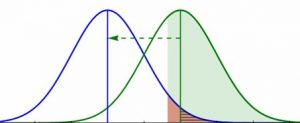
Rating Scale Best Practices: 8 Topics Examined
Rating scales have been around for close to a century. It’s no wonder there are many questions about best practices and pitfalls to avoid. And like any topic that’s been around for that long, there are urban legends, partial truths, context-dependent findings, and just plain misconceptions about the “right” and “wrong” way to use and








